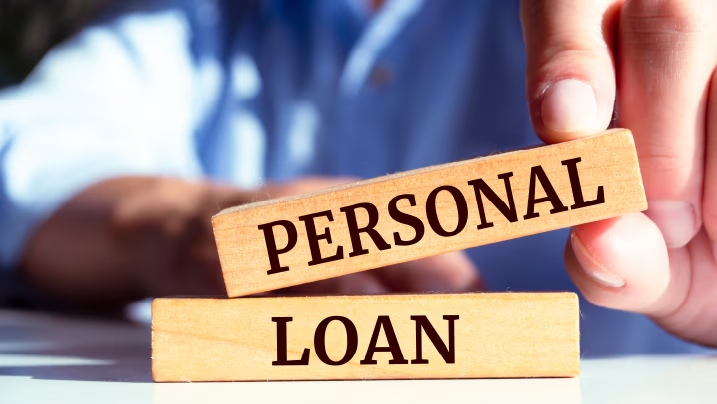When you take out a personal loan, one of the most important things to understand is the interest rate. It determines how much extra you’ll pay on top of the borrowed amount. But how exactly do personal loan interest rates work? Why do they vary from person to person? And how can you get the best rate?
In this guide, we’ll break down everything in simple terms so you can make smart borrowing decisions.
What Is a Personal Loan Interest Rate?
An interest rate is the cost of borrowing money, expressed as a percentage of the loan amount. Lenders charge interest as their profit for lending you funds.
For example:
- If you borrow 10,000ata101,000 per year in interest.
Personal loan interest rates can be fixed (stays the same) or variable (changes with market rates). Most personal loans have fixed rates, meaning your monthly payments stay predictable.
How Do Lenders Decide Your Interest Rate?
Not everyone gets the same interest rate. Lenders look at several factors to determine how risky it is to lend to you. Here’s what affects your rate:
1. Credit Score
Your credit score is the biggest factor. The higher your score, the lower your interest rate.
- Excellent (720+): Lowest rates (around 6%–12%)
- Good (680–719): Moderate rates (10%–15%)
- Fair (600–679): Higher rates (15%–25%)
- Poor (<600): Highest rates (25%–36% or more)
Lenders trust borrowers with good credit because they have a history of paying debts on time.
2. Income & Employment
Lenders check if you earn enough to repay the loan. A stable job and high income help you qualify for better rates.
3. Debt-to-Income Ratio (DTI)
This compares your monthly debt payments to your income. A lower DTI (below 36%) means you’re less risky, so lenders offer better rates.
4. Loan Amount & Term
- Smaller loans may have higher rates (lenders make less profit).
- Longer loan terms (5+ years) usually have higher rates than short-term loans (1–3 years).
5. Lender Type
- Banks & credit unions: Often offer lower rates (especially for members).
- Online lenders: May have competitive rates but vary widely.
- Payday lenders: Charge extremely high rates (avoid if possible).
Fixed vs. Variable Interest Rates
Fixed Interest Rate
- Stays the same for the entire loan term.
- Monthly payments never change.
- Best for budgeting and long-term loans.
Variable Interest Rate
- Changes based on market conditions (like the Prime Rate).
- Starts lower but can increase over time.
- Riskier because payments may become unaffordable.
Which is better? If you want stability, go with fixed. If you plan to pay off the loan quickly, a variable rate might save money.
How Is Interest Calculated on a Personal Loan?
Most personal loans use simple interest, calculated daily or monthly based on your remaining balance.
Simple Interest Formula:
Interest = Principal (Loan Amount) × Interest Rate × Loan Term
Example:
- Loan: $10,000
- Interest Rate: 10% per year
- Term: 3 years (36 months)
Total Interest = 10,000×0.10×3=3,000
Total Repayment = 10,000+3,000 = $13,000
Your monthly payment would be 13,000÷36=361.11.
APR vs. Interest Rate: What’s the Difference?
- Interest Rate: Just the cost of borrowing.
- APR (Annual Percentage Rate): Includes interest + fees (like origination fees).
Example:
- Interest Rate: 10%
- Origination Fee: 2% of 10,000=200
- APR: ~10.5% (slightly higher due to fees)
Always check the APR—it shows the true cost of the loan!
How to Get the Best Personal Loan Interest Rate
- Improve Your Credit Score
- Pay bills on time.
- Lower credit card balances.
- Fix errors on your credit report.
- Compare Lenders
- Check banks, credit unions, and online lenders.
- Pre-qualify to see estimated rates (no hard credit check).
- Choose a Shorter Loan Term
- Shorter terms usually have lower rates.
- Get a Co-Signer (If Needed)
- A co-signer with good credit can help you qualify for better rates.
- Avoid Unnecessary Fees
- Look for loans with no origination fees or prepayment penalties.
Final Thoughts
Understanding personal loan interest rates helps you borrow smarter and save money. Remember:
✅ Higher credit score = Lower interest rate
✅ Fixed rates = Predictable payments
✅ APR = True cost of the loan
✅ Compare lenders before applying
By knowing how rates work, you can choose the best loan and avoid overpaying. Always read the fine print and borrow only what you need!


